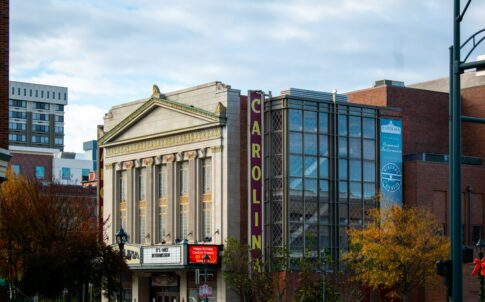Greensboro and Wake Forest hit new population milestones

The U.S. Census Bureau released their 2022 population estimates for municipalities earlier this month. Here’s what the new data tell us about how North Carolina’s cities and towns have changed in the past year.
On July 1st 2022, Greensboro’s estimated population was 301,115, up from an estimated 299,225 on July 1st 2021. Wake Forest also passed a major milestone, passing 50,000 residents as of 2022 (as predicted in our blog post on the 2021 population estimates last year).
Charlotte, with an estimated population of 897,720 in 2022, might be the next city to hit a major milestone, both for the city itself and for North Carolina: based on the growth between 2021 and 2022, Charlotte should pass 900,000 residents in the 2023 estimates.
The municipalities with the largest numeric increases were more concentrated in Charlotte and the Triangle. Charlotte City gained an estimated 15,217 residents, the largest increase statewide, followed by Raleigh (6,695) and Fuquay-Varina (23,926).
The five largest places in the state—Charlotte, Raleigh, Durham, Greensboro, and Winston-Salem—each have a combined population of 2.2 million or 21% of the state’s population.
Need help understanding population change and its impacts on your community or business? Carolina Demography offers demographic research tailored to your needs.
Contact us today for a free initial consultation.
Contact UsCategories: NC in Focus

The Center for Women’s Health Research (CWHR) at the University of North Carolina School of Medicine released the 12th edition of our North Carolina Women’s Health Report Card on May 9, 2022. This document is a progress report on the…

Dr. Krista Perreira is a health economist who studies disparities in health, education, and economic well-being. In collaboration with the Urban Institute, she recently co-led a study funded by the Kate B. Reynolds Foundation to study barriers to access to…

Our material helped the NC Local News Lab Fund better understand and then prioritize their funding to better serve existing and future grant recipients in North Carolina. The North Carolina Local News Lab Fund was established in 2017 to strengthen…
Your support is critical to our mission of measuring, understanding, and predicting population change and its impact. Donate to Carolina Demography today.